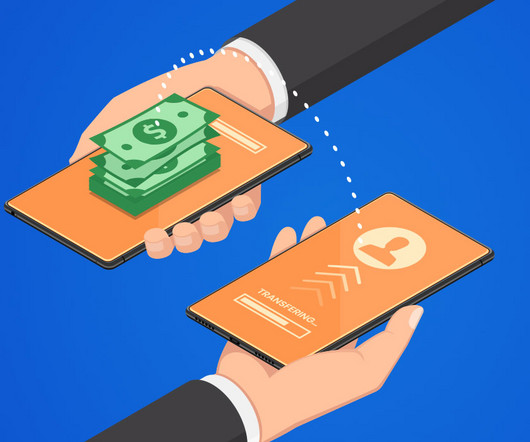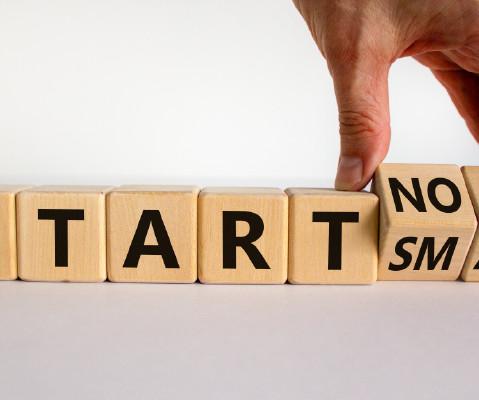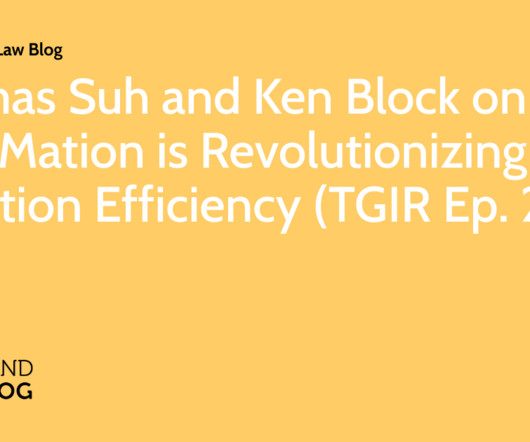Law Firm Billing: 5 Ways To Ensure Your Clients Pay On Time
Practice Panther
JULY 1, 2024
Under this model you establish a monthly rate and charge the client on an ongoing basis before the work is performed via an evergreen trust deposit replenishment. For instance, on the 1st of each month you charge the client a flat, consistent rate via a deposit to your trust account.














Let's personalize your content